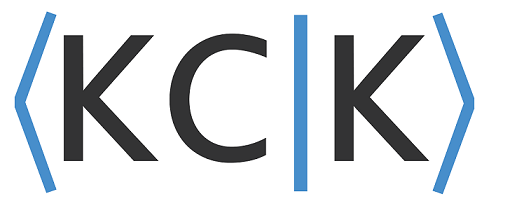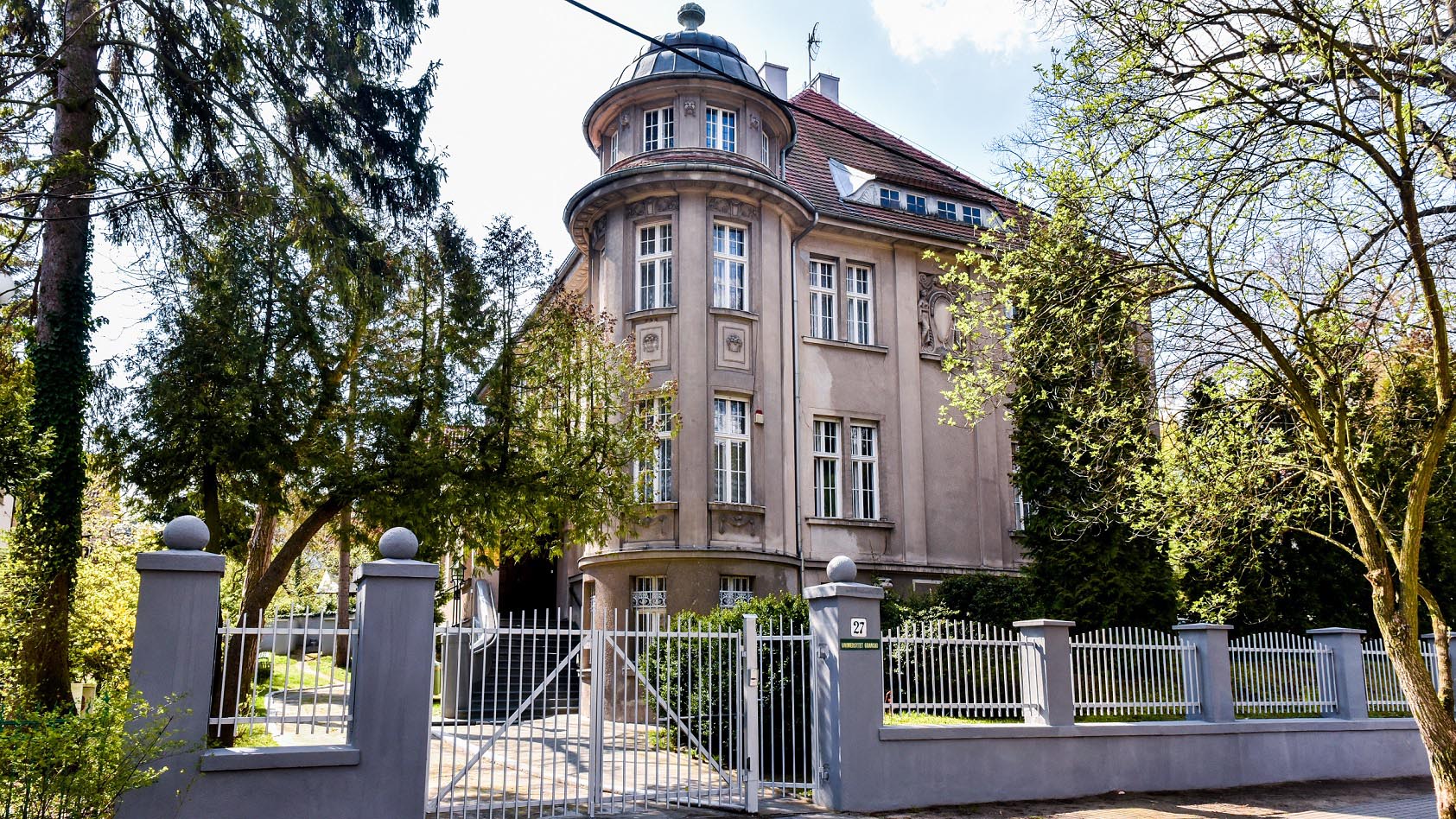Quantum Thermodynamics
Thermodynamics traditionally concerns itself with the physics of large, classical systems. There the traditional four laws of thermodynamics hold sway, providing constraints which the energy, temperature and entropy of a system must obey. It can be applied to study different scenarios: the efficiency of heat engines, chemical reactions or the physics of black holes to name a few. But the laws and notions of thermodynamics only apply to large classical objects, when many particles are involved. How do the laws of thermodynamics look like at the quantum level? Or even to small systems, such as the kind of microscopic motors currently been fabricated in labs? KCIK researchers have contributed to both of these aspects of thermodynamics of systems, where the thermodynamic limit does not apply.Microscopic Thermal Machines.
Using the theory of open quantum systems, we have analyzed quantum thermal machines, such as engines and refrigerators, showing the efficiency bounds for these devices operating with non-equilibrium baths [1], by studying, theoretically and experimentally, a method for cooling a broadband heat reservoir [2], and by introducing a minimal model of a quantum refrigerator [3].
Resource Theory of Thermodynamics.
The framework of resource theories has proven a useful tool for analyzing this feasibility between states outside the thermodynamical limit. In KCIK, we have focused mostly on one particular resource theory, Thermal Operations, consisting of applying energy preserving operations and adding large heat bath as a free resource. We have derived conditions for arbitrary state-to-state transition for states both diagonal in energy basis [4,5] and those having coherent superpositions [6], obtaining constrains akin to second laws. We have also demonstrated that in the absence of coherences, one need only to have control over a single qubit in the bath to implement a transition allowed by thermal operations [7].
[1] R. Alicki, D. Gelbwaser-Klimovsky, Non-equilibrium quantum heat machines, New J. Phys. 17 (2015) 115012.
[2] D. Gelbwaser-Klimovsky, K. Szczygielski, U. Vogl, A. Saß, R. Alicki, G. Kurizki, and M. Weitz, Laser-induced cooling of broadband heat reservoirs, Phys. Rev. A 91, 023431 (2015).
[3] M. Kolář, D. Gelbwaser-Klimovsky, R. Alicki, G. Kurizki, Quantum bath refrigeration towards absolute zero: challenging the unattainability principle, Phys. Rev. Lett. 109, 090601 (2012).
[4] F. Brandão, M. Horodecki, N. Ng, J. Oppenheim, S. Wehner, The second laws of quantum thermodynamics, Nat. Commun. 4, 2059 (2013) and PNAS 112, 3275 (2015).
[5] M. Horodecki, J. Oppenheim, Fundamental limitations for quantum and nanoscale thermodynamics, Nat. Commun. 4, 2059 (2013).
[6] P. Ćwikliński, M. Studziński, M. Horodecki, J. Oppenheim, Towards fully quantum second laws of thermodynamics: limitations on the evolution of quantum coherences, Phys. Rev. Lett. 115, 210403 (2015).
[7] C. Perry, P. Ćwikliński, J. Anders, M. Horodecki, J. Oppenheim, A sufficient set of experimentally implementable thermal operations, Preprint at http://arxiv.org/abs/1511.06553 (2015).


